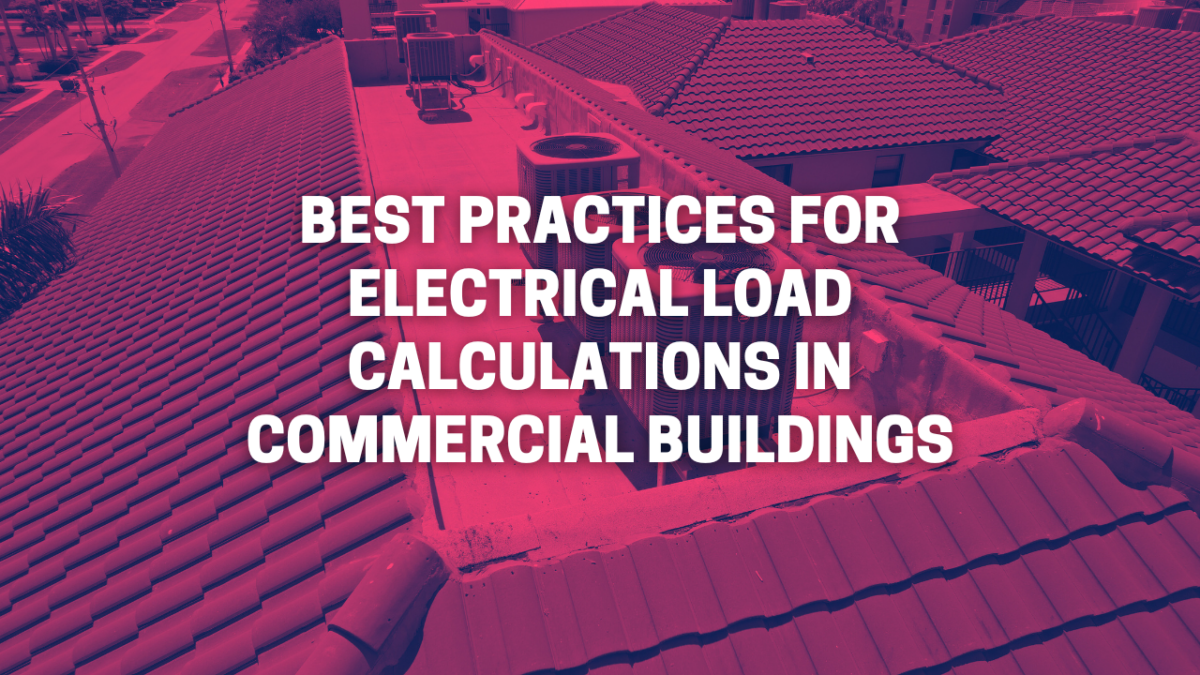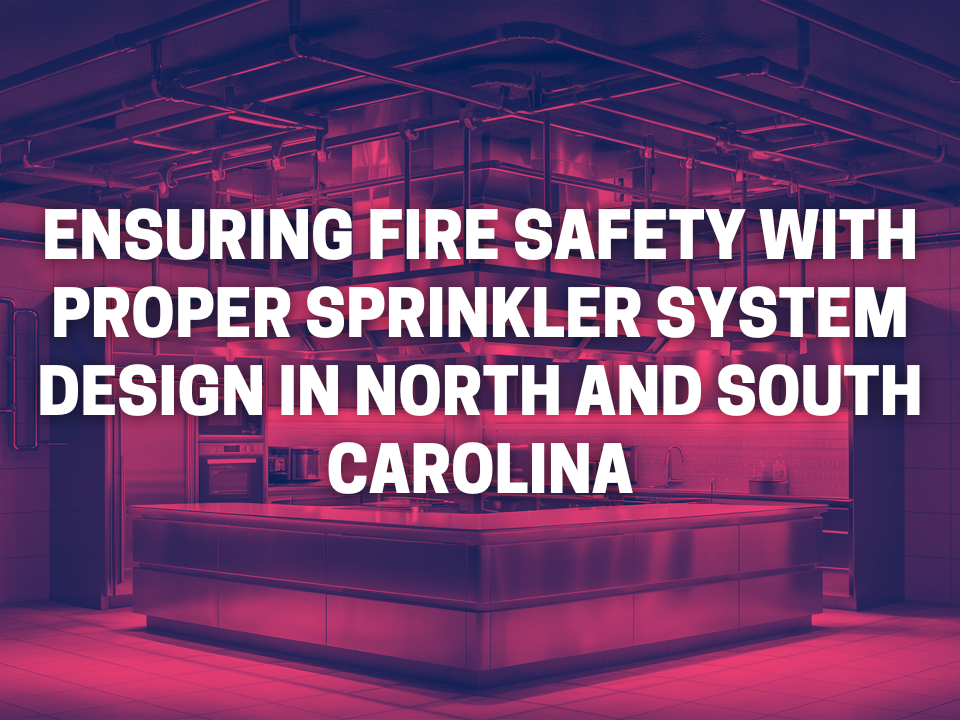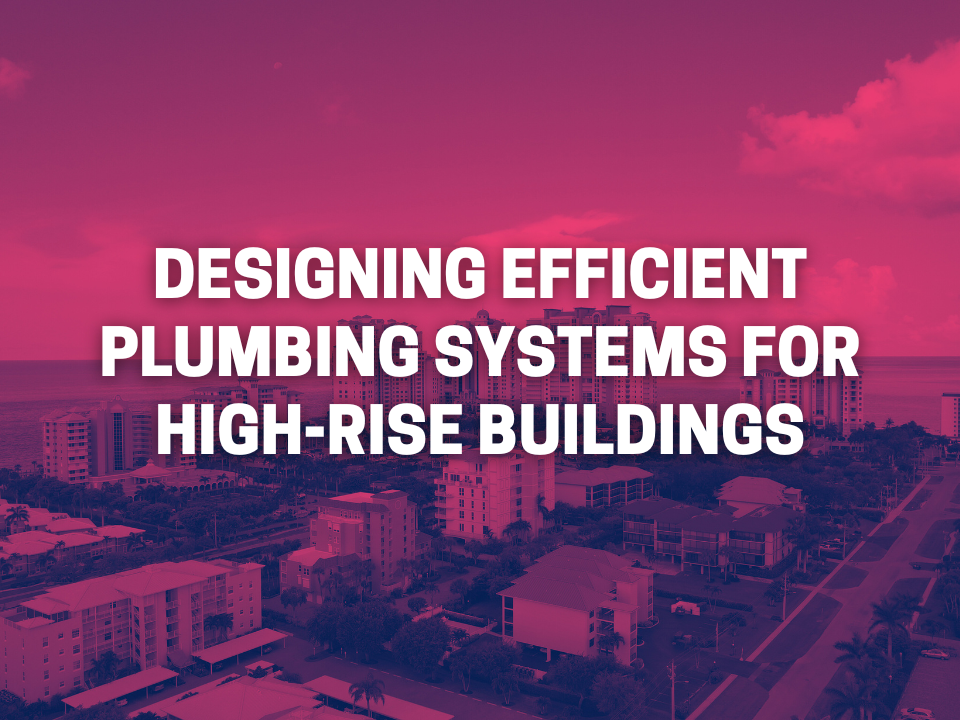Electrical load calculations are a critical component of designing safe and efficient commercial buildings. Properly performed, these calculations ensure that electrical systems can handle the demand placed on them, preventing overloads, improving energy efficiency, and ensuring compliance with safety standards. This detailed guide will walk you through the best practices for performing accurate electrical load calculations for commercial buildings in North and South Carolina.
Why Electrical Load Calculations are Essential
Accurate electrical load calculations are essential for several reasons:
- Adequacy: Accurate electrical load calculations help ensure there is adequate power available to satisfy the requirements of the structure.
- Safety: Prevents overloading circuits, reducing the risk of electrical fires and other hazards.
- Compliance: Ensures adherence to national and local electrical codes.
- Efficiency: Optimizes the performance and energy efficiency of the building’s electrical system.
- Cost Savings: Prevents unnecessary oversizing of electrical components, saving on installation and operational costs.
Key Steps in Performing Electrical Load Calculations
1. Understand the Building’s Electrical Needs
- Identify All Electrical Loads: List all the electrical devices and systems that will be used in the building, including lighting, outlets, HVAC equipment, office equipment, and specialized machinery. In specialized occupancies, power requirements for emergency services such as fire suppression systems would also need to be considered.
- Categorize Loads: Separate the loads into continuous and non-continuous categories. Continuous loads are expected to run for three hours or more, while non-continuous loads are used intermittently.
2. Calculate Individual Load Requirements
- Lighting Load: Calculate based on the building’s square footage and the type of lighting used. For example, office buildings typically require 1.3 watts per square foot for lighting while garages only require 0.3 Watts per square footage. It is recommended to compare these with the actual lighting load if the specifications are known and use the greater of the two.
- Receptacle Load: Determine the load for general-purpose receptacles. The National Electrical Code (NEC) suggests 180 VA per receptacle outlet.
- HVAC Load: Consult the HVAC system’s specifications for its electrical load requirements. This often involves high power and is critical to get right.
- Special Equipment Load: Include loads for any special equipment, such as commercial kitchen appliances, elevators, or data centers. These should be calculated according to the manufacturer’s specifications.
3. Apply Demand Factors
- Lighting and Receptacle Demand Factors: NEC provides demand factors for lighting and receptacles. For instance, the first 10,000 VA of general lighting load can be calculated at 100%, with the remaining at 50%.
- Motor Load Factors: For motors, the NEC requires 125% of the motor’s full-load current to be added to the total load.
4. Sum Up the Total Load
- Total Connected Load: Sum the calculated loads for all categories. This represents the total electrical demand of the building.
5. Determine the Size of Electrical Service
- Service Entrance Conductors: Calculate the size of the service entrance conductors based on the total calculated load and the electrical service available to the structure (single or three phase). Use NEC tables and wire types to determine the appropriate conductor size.
- Main Distribution Panel (MDP): Choose a panel that can handle the total load plus any future expansion needs. It’s advisable to select a panel with a capacity adequately higher than the calculated load to allow for future growth. Typical panel availabilities are 100A, 150A, 200A, 250A all the way up to 1000A. It is recommended to have multiple subpanels connect to a MDP for larger commercial structures so that the entire service doesn’t have to be taken offline if maintenance is being performed in one area of the structure. Informative Annex D of the NEC provides examples to understand electrical load calculations for commercial spaces.
Contact Us – The MEP Engineering Experts Near Me – MEP Carolina’s Structural Engineering – North Carolina’s MEP Engineering
- Phone: (877) 352-3647
- Email: contacts@gundersonengineering.com
Connect With Us
Related Services North Carolina – South Carolina MEP Engineering Services
- Structural Engineering Services
- MEP Engineering
- Metal Buildings and Structures
- Wooden Decks and Patio Covers
- Stairs and Handrails
- Redline Services








